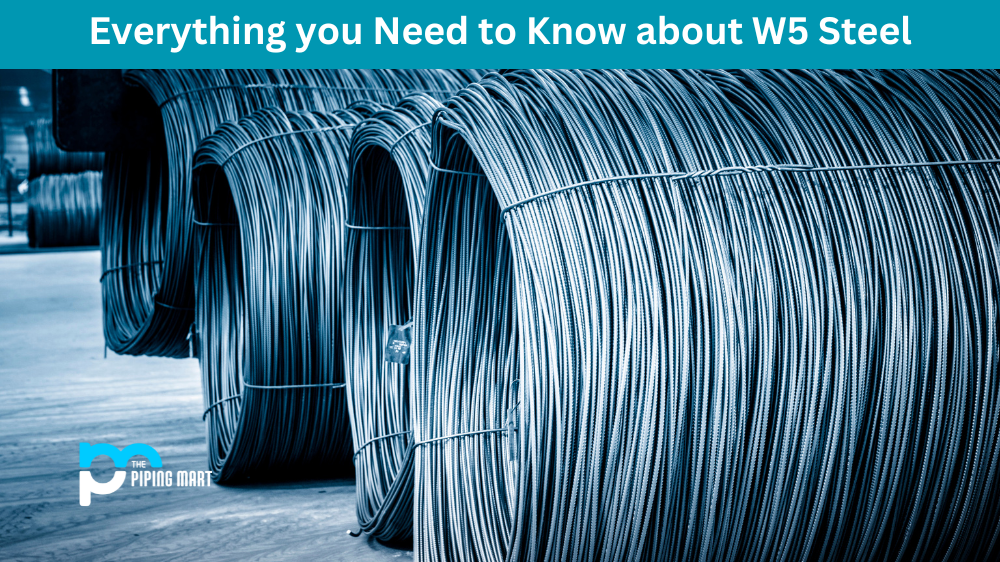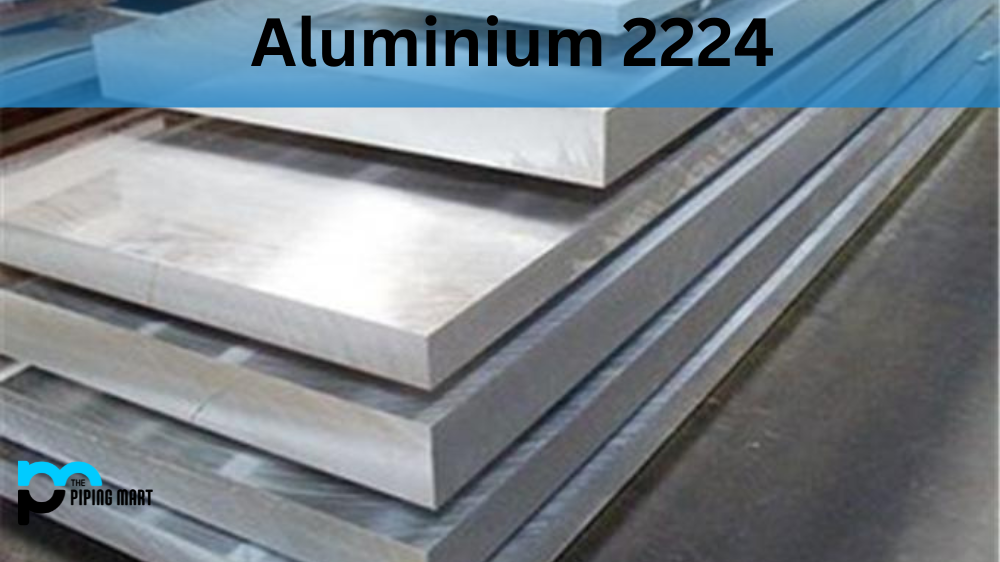When building high-performance machinery, tools, or equipment, it’s essential to use the right type of steel for the job. One of the steel grades that have become increasingly popular in recent years is W5 steel. But what exactly is W5 steel, and what sets it apart from other steel grades? This blog post will closely examine everything you need to know about W5 steel, including its composition, physical and mechanical properties, uses, hardness, and heat treatment.
W5 Steel Composition
W5 Steel is a type of high-speed steel (HSS) that belongs to the category of tool steels. It is an alloy steel that comprises various elements, including tungsten (W), chromium (Cr), vanadium (V), carbon (C), and molybdenum (Mo). These elements work together to give W5 steel its unique properties. The typical composition of W5 steel is about 0.7-1.2% carbon, 3.5-4.5% chromium, 8.5-10% tungsten, 0.5-1.5% vanadium, and 1.5-2.5% molybdenum.
W5 Steel Physical Properties
W5 steel boasts excellent physical properties, making it a top choice for industrial applications. It has a density of 7.8 g/cm³, a melting point of 1427°C, and a boiling point of 2927°C. W5 steel also has high-temperature resistance, so that it can perform well in applications requiring elevated temperatures. Its thermal conductivity is also excellent, ensuring heat is transferred quickly and efficiently.
W5 Steel Mechanical Properties
W5 Steel has unique mechanical properties, including high wear resistance, toughness, and hardness. Its hardness range of 62-66 HRC makes it ideal for high strength and durability applications. W5 steel can also withstand high impact and shock loads without deformation or fatigue failure. These mechanical properties make W5 steel reliable for tooling, dies, and cutting tools.
W5 Steel Uses
W5 steel is popularly used to manufacture cutting and milling tools, dies, and punches. It also produces power saws, high-speed router bits, and lathe tools. Other applications of W5 steel include making knives, blades, and surgical tools. Due to its high strength and excellent hardness, W5 steel is suitable for use in environments with high stress and extreme working conditions.
W5 Steel Hardness
W5 steel is a high-speed steel that is renowned for its hardness. It ranks as one of the hardest tool steels in the industry, with a hardness range of 62-66HRC. W5 steel’s hardness properties make it ideal for cutting and milling operations where high surface quality is required. Besides its hardness, W5 steel is also resistant to wear and abrasion, increasing its structural integrity and lengthening its service life.
W5 Steel Heat Treatment
The heat treatment process of W5 steel is critical in improving its physical and mechanical properties. Typical heat treatment processes for W5 steel include annealing, quenching, and tempering. Annealing at 840-870°C can help remove internal stresses and improve machinability. Quenching can further improve the steel’s hardness, while tempering can reduce its brittleness and increase its toughness.
Conclusion
W5 steel is an excellent tool that combines superior hardness, resistance, and durability. Its physical and mechanical properties make it a great choice for industrial applications that require high strength and wear resistance. With a better understanding of its composition, physical properties, mechanical properties, uses, and heat treatment, you can decide when and where to apply it. With W5 steel, you can rest assured that your tools and equipment will perform at their best and stand the test of time.




